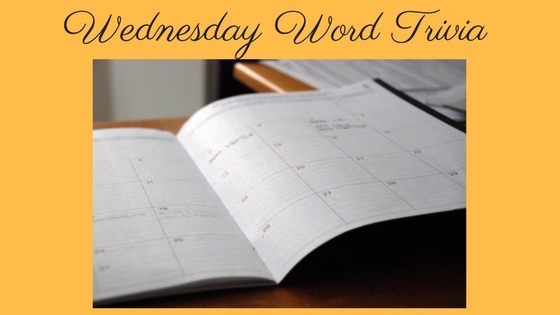Is Your Message Clear?

I am discouraged by the fundamentals that underlie usage of obscure communications in business.
WWWHHHHAAATTT?
Yeah, that sentence is a perfect example of an obscure message.
The clear message? I’m sad that so many business people are more concerned with sounding intellectual than they are with communicating clearly.
Simplicity is the name of the game in getting your message across, and in the end, it’s not what you say that matters. What your customer, client, prospect, or employee hears is the critical factor.
Five Guidelines for Clear Messaging:
- Avoid words that require a dictionary for interpretation. Few people will bother to look them up.
- Use short sentences. Try to keep each sentence under 20 words. Break longer thoughts into multiple sentences.
- Make your message relevant. If what you say doesn’t matter to your intended audience, you will not be heard.
- Find a clear, concise message and stick with it.
- Do not assume your reader thinks and believes as you do.
In the end, language is a tool used to inform and enlighten. The simple choice between one word and another really does make a difference in how your message is understood.
As Dr. Frank Luntz says in his book Words that Work, we need to make people the center of our communication, not the target.

